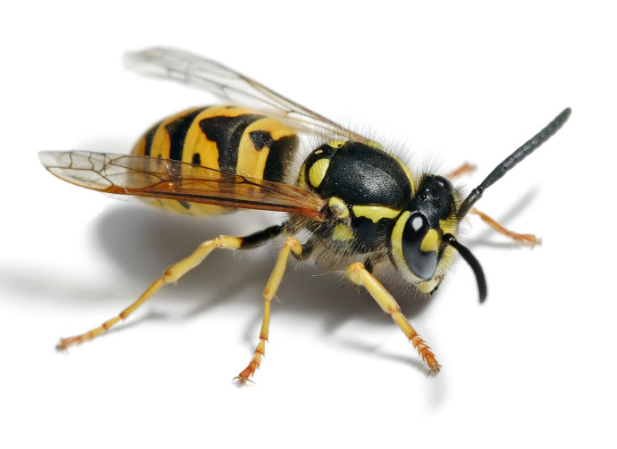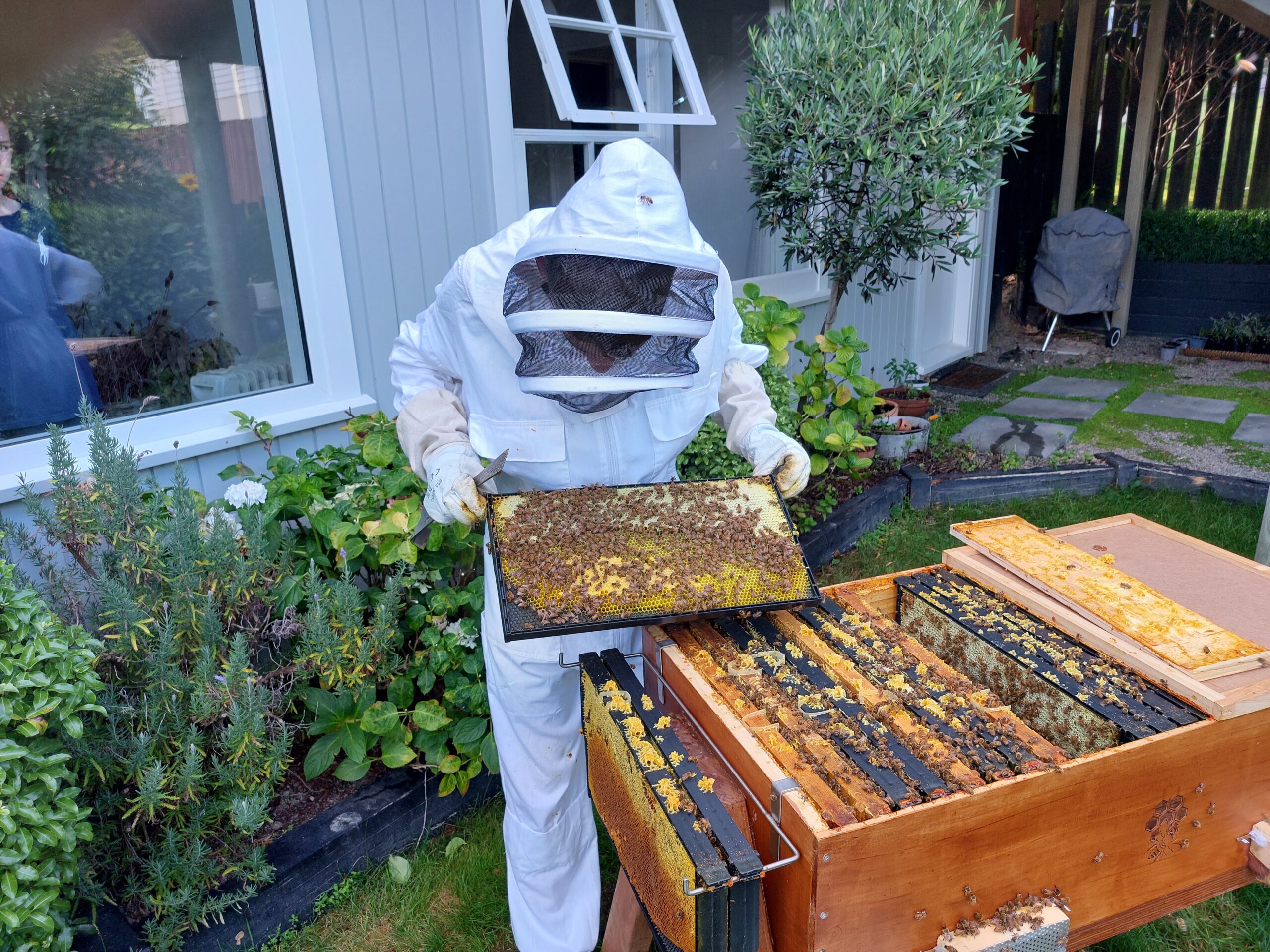Is there such a thing as Killer Bees?
In 1956, Scientists in Brazil imported the African honey bee (Apis mellifera scutellata). This was an attempt to improve the European honey bee that was poorly adapted for their tropical conditions.
In 1957 26 Queens accidentally escaped from quarantine and bred with European honeybees and the Africanised Honey Bee was born. They quickly spread through the country without human intervention by up to 480 kms each year. By the 1990’s the Africanised Honey Bee had spread over most of South and Central America. In 1995 they were found established in California.
So, are these bees Killer bees?
In Brazil over 1000 people have died as a result of receiving 10 times more bee stings than the European honey bee is capable of giving. Although AHB’s venom is similar to the EHB, they are extremely aggressive and will attack in large numbers. It is the large number of stings that is dangerous.
They can fly faster and may send out several hundred guard bees in response to a disturbance up to 40 metres away. Once agitated they will remain defensive for several days. AHBs will also chase the victim for up to 400 metres so you cannot outrun them: instead try to get to shelter either in a car or building. Do not jump into water.
It takes approximately 1000 bee stings to deliver a lethal dose: you would never get this many from EHB’s but the AHB’s are capable of doing this.
It is possible that these bees could come to New Zealand through freight from South America – let’s hope we never see them here!.





